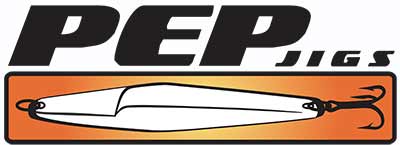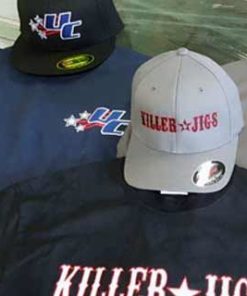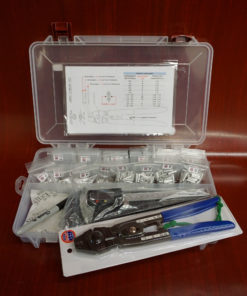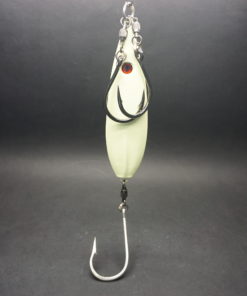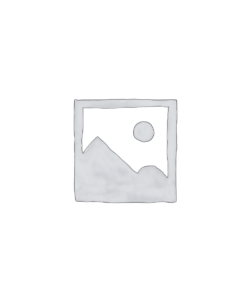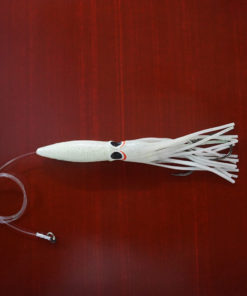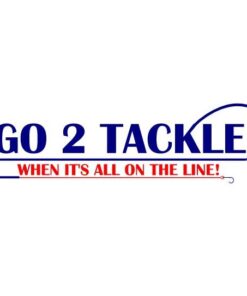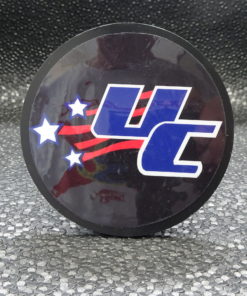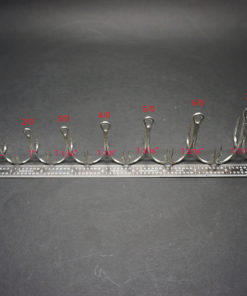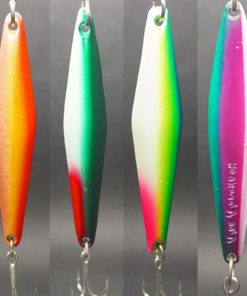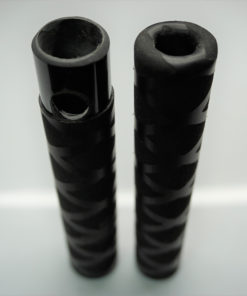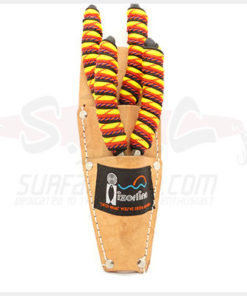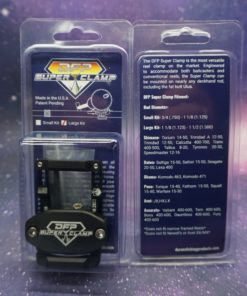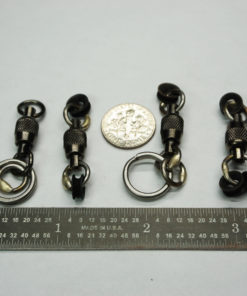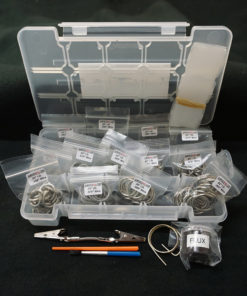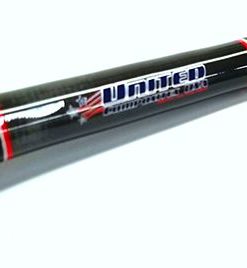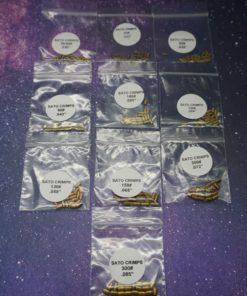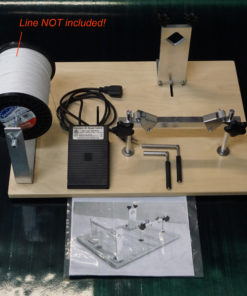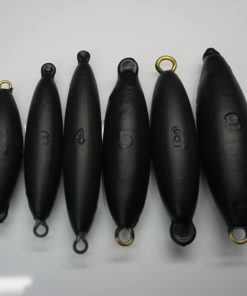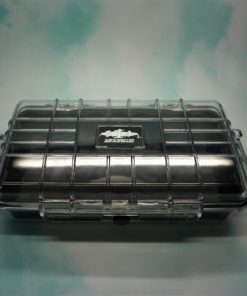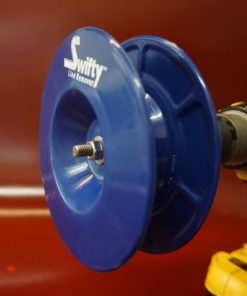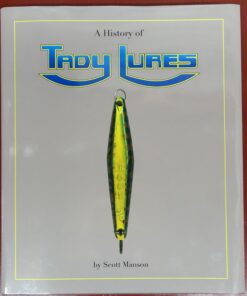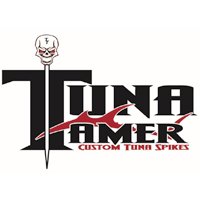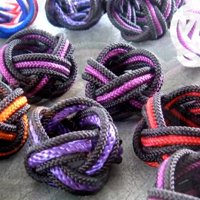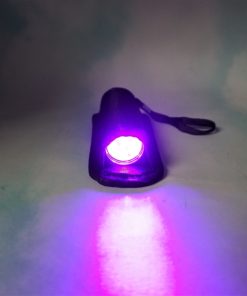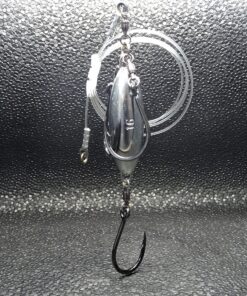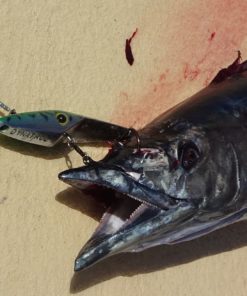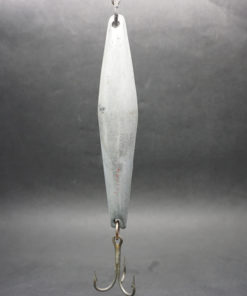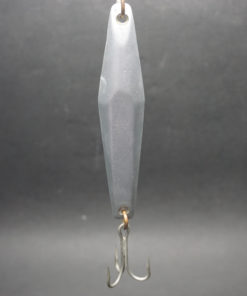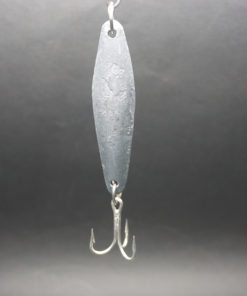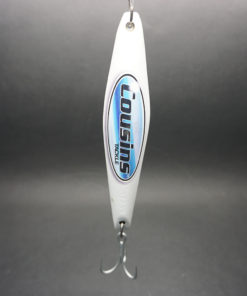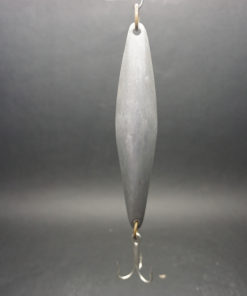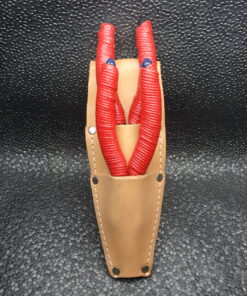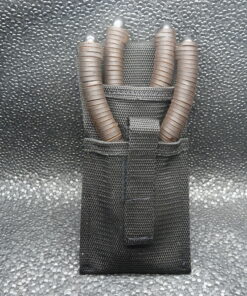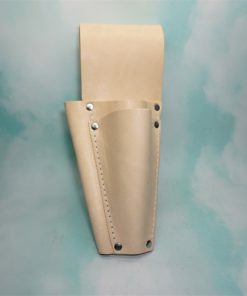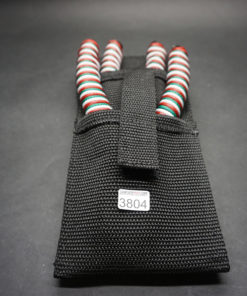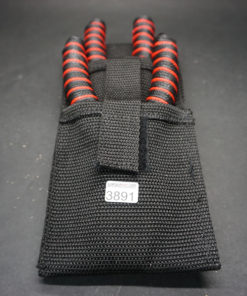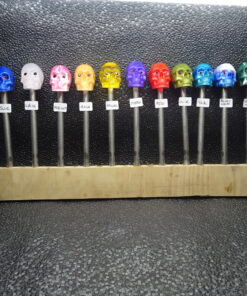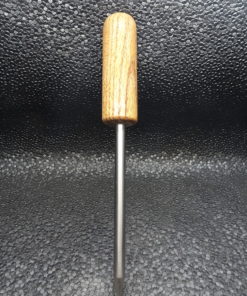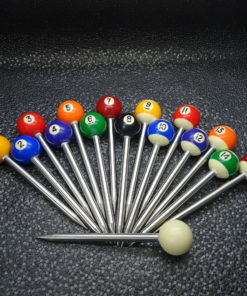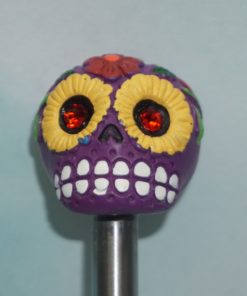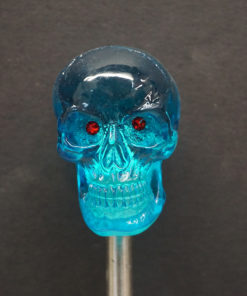No products in the cart.
NEWEST PRODUCTSBrowse All
$29.95
$29.95
$29.95
$29.95
$29.95
RARE JIGSBrowse All
$225.00
$250.00
$95.00
$200.00
$3,250.00
PliersBrowse All
$54.95
Plier Sets
$64.95
Sheaths
$64.95
Tuna SpikesBrowse All
Tuna Spike
$35.95
Tuna Spike
$34.95
Tuna Spike
$26.95 – $30.95
Tuna Spike
$35.95
XL Tuna Spike
$40.95
Surface iron fishing is a West Coast style type of fishing with long rods with smooth-casting conventional reels. Combining long 8 to 10 foot rod such as our popular exclusive United Composites RUS85SIC Jig Stick matched with a classic star drag Newell or modern Shimano Trinidad and you’ve got a unique Southern California style of fishing.
The rods capacity to lift the fish will get basic in following circumstance: Fishing in territories with impediments, for example, kelp lines or boiler rocks. The fisherman must have the option to stand their ground against a fish that is edgy for escape. Fish that hit surface irons, otherwise known as yellowtail, will search out these impediments when snared and it will be up to the fisherman and their apparatus to lift a trophy out of these risks.
Jig fishing is one of the most interesting and concentrated strategies in the fishing scene. The huge measures of choices in gear, alongside experimentation, have set surface iron fishing unique in relation to any sort of fishing.
Surface iron jig fishing blends the elements of fly fishing into it, lining up the cast and presenting it just right while keeping current and wind in mind. Fishermen must retrieve the jig back to the boat at the perfect clip depending on choice of lure and conditions at hand.
The actual style requires a simple cast and retrieve — it doesn’t matter if your are fishing 5 or 1,000 feet. Surface iron jig fishing are effective for “cruising” surface fish, fish that feed just below the surface, and even raising fish from moderate depths.
Casting and retrieving surface iron is the only truly test to see how it swims, but fishermen can look for specific favorable characteristics here at SurfaceIron.com. Surface irons are produced by either sand casting or die casting, this means the iron is crafted from a mold. Lightweight aluminum is one popular metal for surface iron, while vertical yo-yo jigs are often made from brass or zinc.
Picking the right color and jig size is important, but choosing the perfect surface iron doesn’t mean much if you can’t consistently cast it in front of the fish that you are targeting. So, the first step in becoming a better surface iron angler is to learn how to cast accurately. Casting distance and accuracy is very important, distance will eventually come along with it.
Improvements in fishing reel technology matched with using braid (spectra) fishing line has allowed a fisherman to cast farther, present surface iron more accurately and increase hook-up to land ratio. The best part is that all of this is being accomplished while using smaller and lighter tackle than ever before. This is the new standard.
Casting starts before you ever step on a boat. The first step is to make sure that when you fill your reel with mono or braid, you get it on there nice and tight. If you have your reel filled at a tackle shop, you’ll be okey, but if you fill it on by hand, have another person hold the spool and keep some pressure on it while you wind the line on. This will ensure you will avoid a lot of trouble when you’re fishing because when not properly packed on the spool.
Our popular surface irons include the Tady 45, Salas 7X, Killer Jigs and Pep Jigs, although different lengths, weights and colors are available for when game fish are keyed on specific baits.




